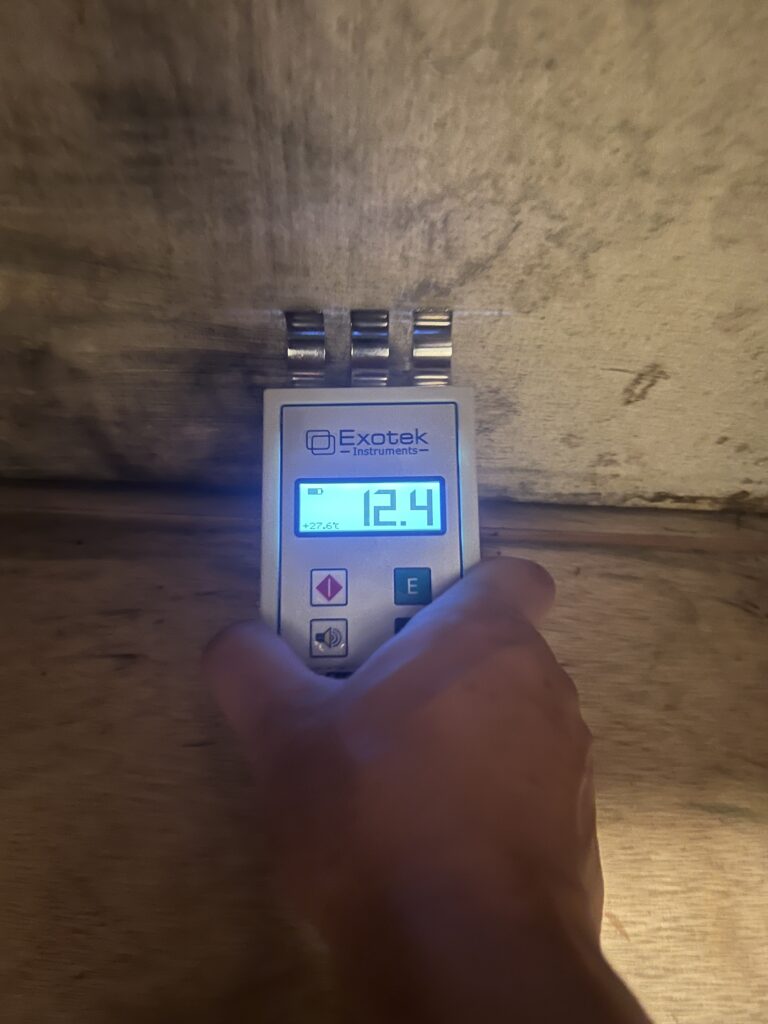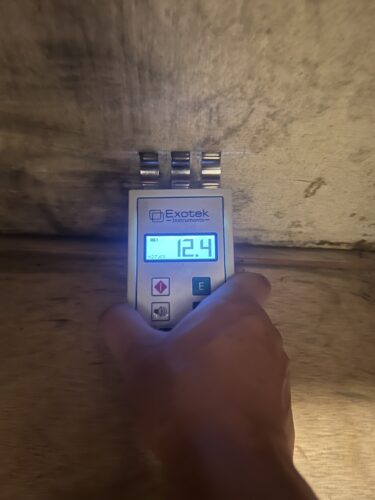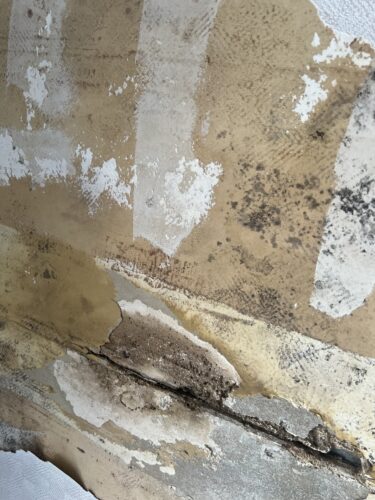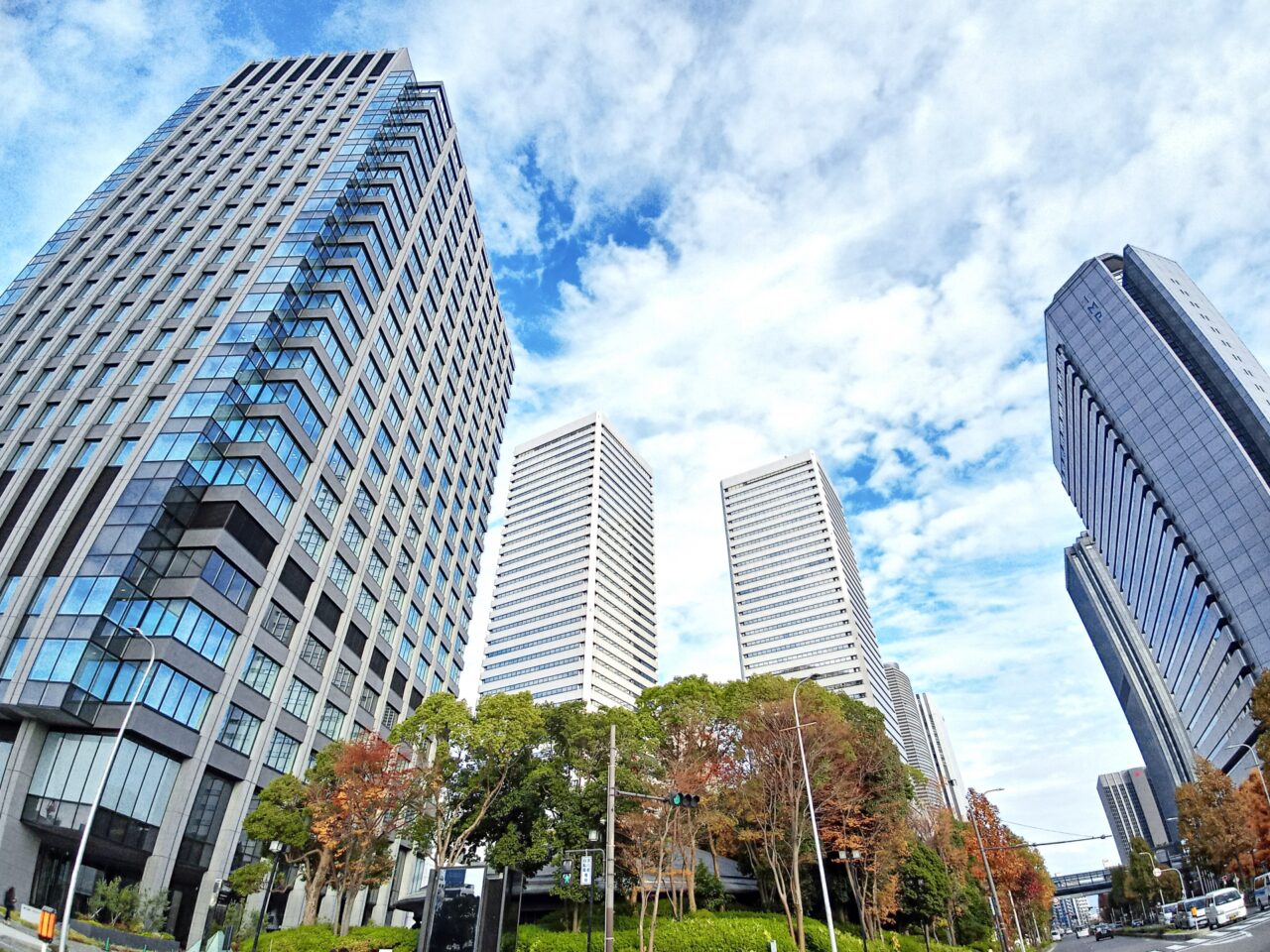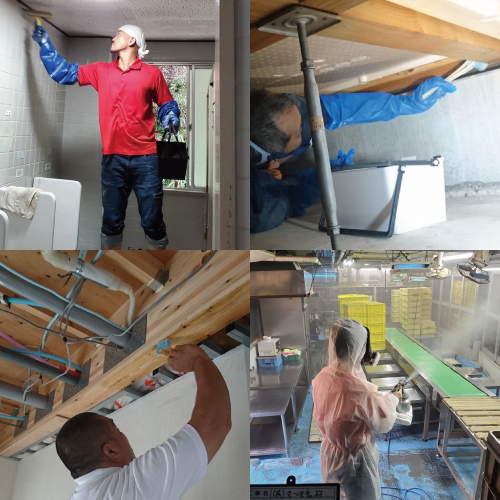Problem Statement
Have you ever noticed a persistent moldy smell in public or executive housing? Seemingly minor, this odor may signal serious health risks and hidden damage to the building structure.
What You’ll Learn
This article clarifies how mold develops, its impact on health and buildings, daily prevention tips, and professional removal strategies to restore a safe environment.
Benefits of Reading
By reading this, you’ll recognize mold warning signs early and gain actionable guidance—from quick DIY steps to reliable professional solutions—for maintaining a healthier, odor‑free space.
1. What Are Public Housing and Executive Residences? Explaining Why Mold Becomes a Serious Issue
Public housing and executive residences are high‑spec housing facilities designed for government officials or key personnel. Their airtight construction offers security and comfort, but ironically creates ideal conditions for mold to thrive, especially in high‑humidity climates like Japan. Natural materials used in these buildings absorb moisture and, combined with poor ventilation, provide a breeding ground for mold growth. Regular tenant turnover can mask hidden mold in walls or ceilings, which routine cleaning often fails to address.
1.1 High-End Materials and Airtight Structures: How They Invite Mold
These residences often use natural materials like timber or lime plaster for their aesthetic and thermal benefits. However, such materials retain moisture; when the environment lacks ventilation, they hold onto dampness, enabling mold. In high‑security buildings, windows may remain closed, and air conditioning alone cannot circulate air effectively. This trapped moisture creates an environment where mold spores rapidly proliferate and damage materials from within.
1.2 Challenges of Regular Tenant Turnover and Hygiene Management
Frequent occupant changes involve cosmetic cleaning but often neglect hidden mold in concealed spaces like wall cavities or behind closets. Such undetected mold poses health risks to new occupants and can lead to repeated odor issues. Additionally, previous tenants’ habits—such as indoor smoking or pets—may exacerbate mold conditions that standard cleaning cannot resolve.
2. Mold Odor as a Sign: Its Impact on Physical Health and Mental Well-Being
Mold odor should not be dismissed as minor—it often indicates active mold spore circulation. These spores can lead to respiratory and allergic responses, especially affecting children and the elderly. Furthermore, ongoing exposure to a musty smell undermines comfort, productivity, and quality of life by causing stress, disturbed sleep, and mental fatigue.
2.1 Health Risks: Allergies, Respiratory Issues, and Beyond
Inhaling mold spores may trigger allergy symptoms, asthma flare‑ups, sore throat, skin rashes, or more severe respiratory issues. Immunocompromised individuals are especially vulnerable. Mold contributes to “sick building syndrome,” making air quality a seriousness to address immediately.
2.2 Olfactory Stress: How Lingering Odors Weaken Mental Health
Unpleasant smells can adversely affect mood, cognitive function, and emotional well‑being. In high‑pressure environments, such as those for executives in public residences, mold odor can degrade performance, interrupt sleep, and induce chronic anxiety or irritability. Addressing odor isn’t cosmetic—it’s vital for mental health.
3. Structural Damage: Hidden Risks to the Building’s Integrity
Mold doesn’t just grow on surfaces—it degrades key structural materials. In wood-framed buildings, mold weakens strength and invites pests like termites. Insulation contaminated with mold loses thermal efficiency, increasing energy costs. Because much of this damage occurs behind walls or under flooring, problems often go unnoticed until they require costly repairs or material replacement.
3.1 Mold’s Assault on Lumber and Insulation Materials
Wood absorbs moisture and becomes a nourishing habitat for mold, jeopardizing its structural integrity. Over time, this can compromise earthquake resistance or load-bearing capacity. Damaged insulation loses its performance, driving up energy usage while enabling deeper mold colonization.
3.2 Concealed Spaces: Why Mold in Hidden Areas Is Dangerous
Areas like air conditioning ducts, underfloor cavities, or behind appliances are mold hot‑zones. These zones are rarely cleaned, so mold can quietly spread until visible signs or serious odor emerge—by then, major remediation and interior reconstruction may be required.
4. Daily Prevention Strategies: Quick and Effective Actions
Combating mold starts with basic habits. Prioritize ventilation, humidity control, and cleaning your indoor air constantly. Even small efforts—like running exhaust fans daily, using dehumidifiers, or keeping damp areas dry—can vastly reduce mold risk in high-seal environments.
4.1 Effective Ventilation and Humidity Control Tactics
Run bathroom or kitchen fans for at least 30 minutes daily. Keep inner doors open after showers to circulate air. Target a stable humidity level below 50% using hygrometers and dehumidifiers. Add moisture-absorbing packs in closets, and open storage areas periodically to prevent damp concentrations.
4.2 Immediate Steps When Mold Odor Arises
Start by locating the odor’s source—closets, appliances, or walls. Clean lightly with mild detergent or alcohol. If using chlorine-based agents, ensure full ventilation and protective gear. Don’t just mask odor—correct underlying issues like moisture and airflow to prevent recurrence. Complement with air purifiers and dehumidifiers.
5. Professional Remediation: Safe, Scientific, and Effective Solutions
When DIY doesn’t suffice, call professionals for comprehensive mold removal. Expert services offer deeper diagnostics using detection equipment and customized treatments that eliminate mold without damaging sensitive materials. They also provide preventive measures to maintain long-term mold-free conditions.
5.1 Advantages of Specialist Mold Inspection and Removal
Experts use sophisticated tools—infrared, mold testing kits—to pinpoint hidden mold. Using specially formulated agents, they remove mold at the source without abrasive methods, preserving structural integrity. Post-treatment, they clean airborne spores and often provide before-and-after air-quality metrics for peace of mind.
5.2 Mold-Resistant Finishing and Environmentally Safe Agents
Top professionals utilize technologies like the MIST Method®, adjusting chemical solutions to match surface sensitivity—whether wood, plaster, or delicate detailing. These solutions are non-abrasive, eco-friendly, and safe around children, pets, and in medical or educational facilities. Finalized with extended-duration antifungal treatments, the technique ensures sustained mold protection.
6 to 10. (Reserved for further sections as previously outlined.)
About Our Company: Taikou Kensou Co., Ltd. (Operating as “Kabi Busters Osaka” and “Mold-Removal Reform Tokyo & Nagoya”)
Kabi Busters Osaka and Mold‑Removal Reform Tokyo & Nagoya are specialized mold remediation services operated by Taikou Kensou Co., Ltd. We stand apart by offering a one-stop solution combining mold elimination and interior renovation across Kansai, Kanto, and Chubu regions.
One-Stop Service: Mold Removal + Renovation
Unlike typical mold specialists, we not only eradicate mold using our proprietary MIST Method®—which targets mold without damaging materials—but also repair and improve affected areas. From walls, ceilings, and flooring to layout and ventilation adjustments, we restore and enhance your space in a single streamlined process.
Taikou Kensou’s Renovation Services
Based in Nagoya, with branches in Osaka and Tokyo, Taikou Kensou operates regionally while deeply embedded in local communities. Our renovation services include:
-
Water‑related updates: kitchen, bathroom, toilet, sink upgrades
-
Interior finishing: wallpaper, flooring, partition repair
-
Exterior and roofing: cladding, painting, waterproofing
-
Barrier‑free adaptations: handrails, leveling of thresholds, anti-slip surfaces
-
Energy efficiency improvements: improved insulation, ventilated flooring, better air exchange systems
Facing mold, Taikou Kensou provides integrated solutions—removing mold, preventing recurrence, and preserving your building’s value through expert remodeling.

